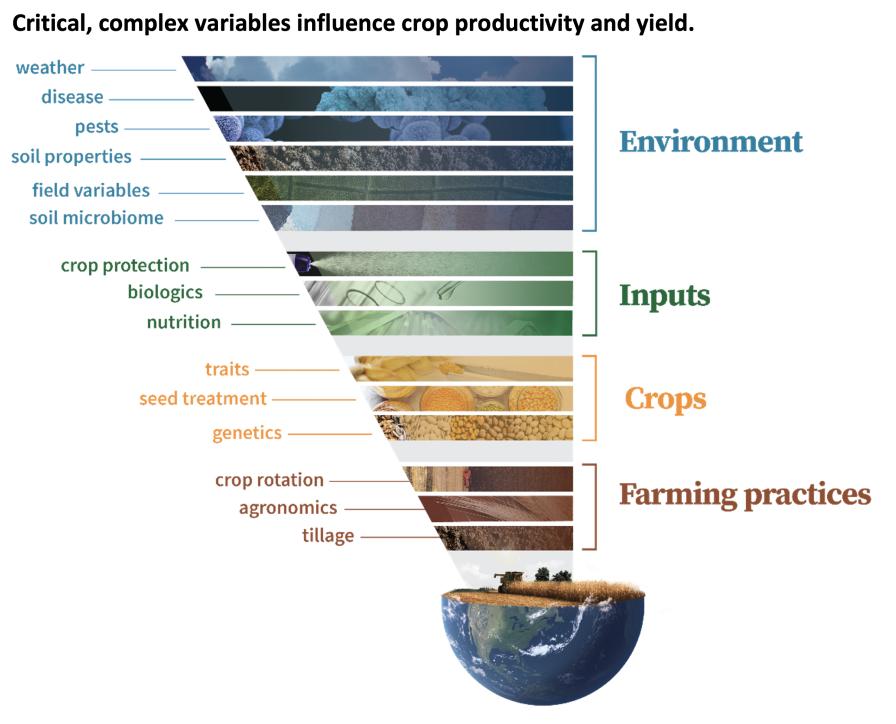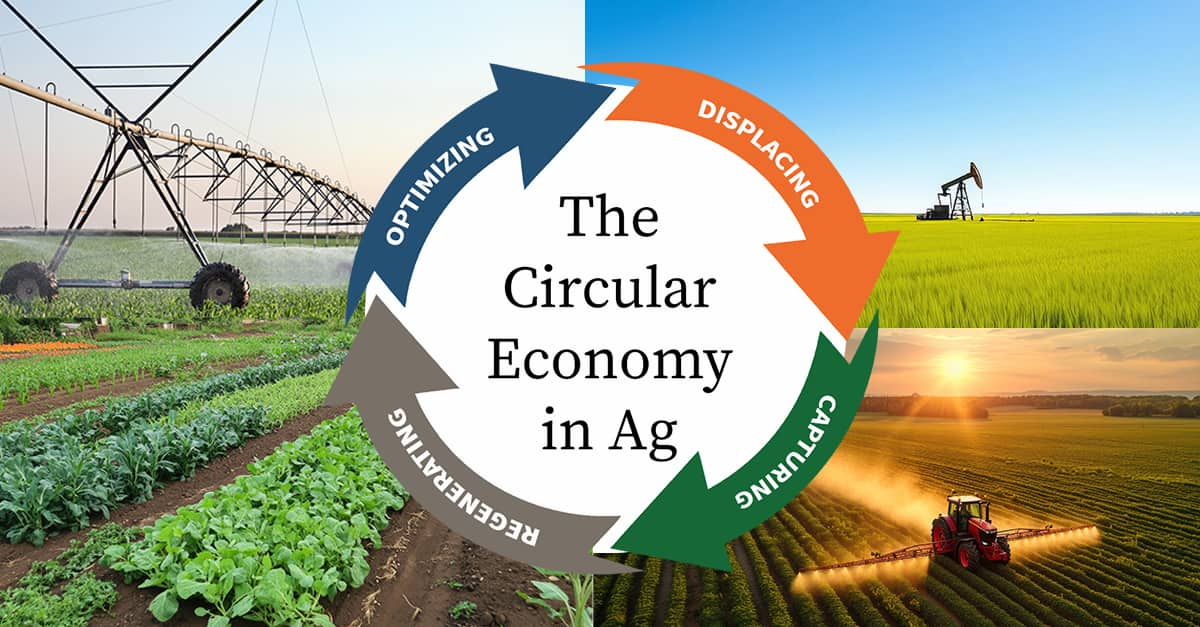Innovative researchers around the world are generating new scientific and creative concepts to potentially improve production agriculture. However, even the most brilliant new concepts may not become viable commercial products.
The movement from research into the early development phase starts with proving the product concept. The first steps should validate useful benefits and define the scope. Conducting trials in well controlled environments, often in a greenhouse or growth chamber, narrows key variables. This critical step just begins to generate the necessary information and knowledge that will drive success in the next development phases. Simultaneously the business case, intellectual property position, and regulatory pathway should be clearly established to ensure the freedom to operate as well as set the commercialization timeframe, usually defined by the registration timelines and seasonality of the field development.
 Early development small-plot trials deliver performance facts to aid in determining best variants, formulations, rates, and timing of application for biologicals or new chemistry. Here we are still talking about few locations and several treatments. Ultimately, the goal is to make sure the product concept and delivery method are robust enough to face the challenge of environmental variability. This stage also finalizes the registration requirements and safety plan as production options and markets are prioritized.
Early development small-plot trials deliver performance facts to aid in determining best variants, formulations, rates, and timing of application for biologicals or new chemistry. Here we are still talking about few locations and several treatments. Ultimately, the goal is to make sure the product concept and delivery method are robust enough to face the challenge of environmental variability. This stage also finalizes the registration requirements and safety plan as production options and markets are prioritized.
With clarity on how to deliver the new product, the product can move into late development. That is translated into small-plot trials conducted in several locations over multiple years. The robustness of that data will directly correlate with the number of replications and environments tested. During this phase, it is important to have reliable partners who can generate accurate and credible data. The performance and use data must continually build solid information about how, when, and where to apply the new technology for the greatest benefit. Ultimately, the goal of late development is to show the technology has value under different conditions.
Having a clear understanding on how to use the new technology is not enough to make it successful in the marketplace.
Thorough and credible data sets need expansion and confirmation through large-scale, on-farm trials to demonstrate benefits locally. Growers listen to other growers. So, conclusive data from large-scale field trials in their area and on their crops grown by their peers are crucial to move new products from awareness to trial use and on toward adoption. And growers also are influenced by their local suppliers, dealers, and agronomists. The pathway to successful commercialization includes a go-to-market and technology transfer plan with a clear, concise, and credible story backed by scientific facts.
Aggregating knowledge and information during the development years helps translate facts and stats into meaningful messaging that the sales channel and their growers can trust. Knowing the key opinion leaders in farming communities and gaining their support is as important in the launch phase as defining the value and calculating the return on investment.
All the research conducted won’t be effective unless you identify your customer, understand their needs, and recognize how to market to them.
Optimization of the development process from discovery through development and launch encompasses many variables to manage. Much like farming, the complexity is enhanced by unknown and uncontrollable environmental factors, especially weather. The challenges require flexibility and resiliency, but the rewards can overcome the risks with proper discipline and focus.

The AgriThority® Prescriptive Response™ Development service allows innovators to discover and leverage their internal expertise with the consistent, disciplined data generated from well-trained and experienced product development experts. When your Research is ready for Development, turn to AgriThority for scientific product, business and market expertise. As an independent global science resource, we focus on exploring potential, expanding market access, and evolving production for greater food security and sustainability.
To learn more about our Prescriptive Response™ development services, contact Gloverson Moro, Ph.D., Director, Global Product Development, by emailing gloverson.moro@agrithority.com or call +1-816-891-0916.



